Stanley 125 Years (PART 2 OF 3)
Native People's Dance
<iframe width="500" height="350" src="//www.youtube.com/embed/XM3MvfvD8kA" frameborder="0" allowfullscreen></iframe>

(stanmap2.jpg)

So, Kato, are you joining the crowd at the birthday events?

Well..., I wish I could.
Why not?
...'Cause I'm fairly busy writing articles.
Tsk, tsk, tsk ... you should take a break from time to time. Relax and take a forest bathing in the Park on August 24 and 25.
I'll do my best to finish writing the day's article by noon and take it easy in the afternoon at the Second Beach.
By the way, Kato, do you have an event-schedule for the birthday party in the Park?
Diane, you should be able to get the schedule by clicking the following link:
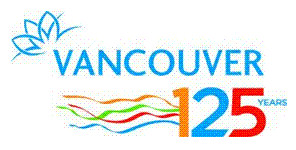
(stanley124.gif)
■“Celebrate! Stanley Park Aug. 24 & 25”

Kato, you're such an egghead that you know a lot about the park, I suppose. Tell me about the park history.

Well... you can easily get that info on the Net. Why don't you get it by yourself?
I'm kinda busy, you know.
If you say so, I'll jot down a few lines.
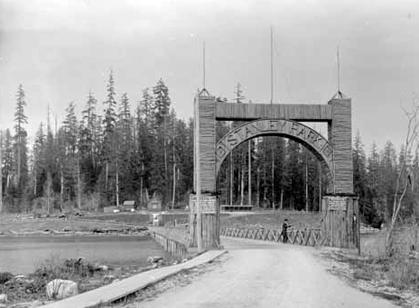
(stanley133.jpg)
Dedicated as a city park in 1888 and named after Lord Stanley in 1889, Stanley Park is one of Vancouver’s proudest features.
It also combines a lot of complicated history that includes the legacies of colonialism, a military presence and local First Nations.

(stanley140.jpg)
Deadman’s Island Then & Now
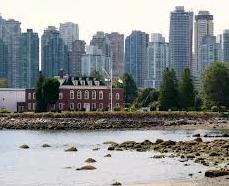
(stanley141.jpg)
Now the HMCS Discovery Royal Canadian Navy Reserve, Deadman’s Island, also sometimes referred to as ‘Deadman Island’ in early texts, earned its name when early colonials discovered its use as a First Nations burial ground.
There are reminders of First Nations history still present in the park, including Siwash Rock and a monument to aboriginal actor and poet Pauline Johnson who included the legend of Siwash in a publication called Legends of Vancouver.
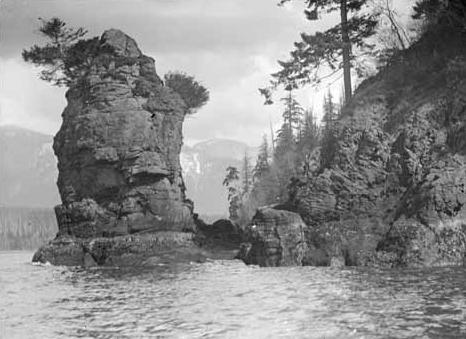
(stanley132.jpg)
Siwash Rock in the 1880s
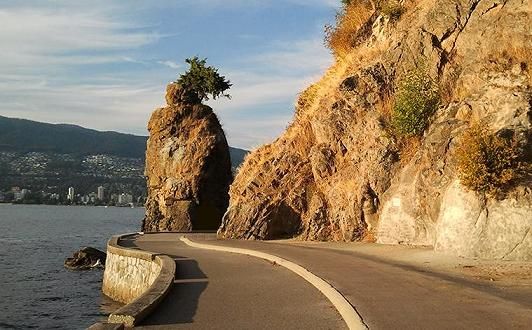
(stanley134.jpg)
Siwash Rock in 2013
Pauline Johnson is also credited with naming Lost Lagoon.
Her monument was erected near Ferguson Point in 1922 to honour her great contributions to Canadian literature.
There are several historic tree stumps that still bare the marks of planks used to scale trees before they were logged.
However, the land was never fully logged or developed because of its strategic military position.
During the brief logging period, many of the trails established by First Nations were converted into logging roads, which would become some of the current roads and trails.
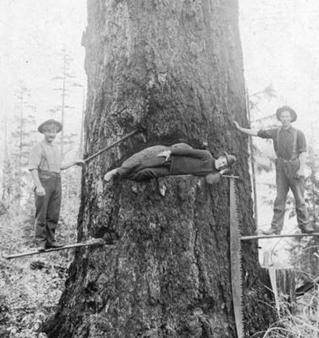
(stanley130.jpg)
The road circling the park was envisioned by surveyor Lauchlan Hamilton of the CPR.
The current road is almost identical to Hamilton’s original drawings.
The early idea was to include “Vancouver” in its official title, however Oppenheimer went to Governor General Lord Stanley for the park’s namesake.
Since 1889, Lord Stanley’s Park has graced the entrance to our harbour, evolving over time to attract more residents and tourists to Vancouver.

(seawall3.jpg)

(seawall2.jpg)
Seawall construction would begin in 1917 under master stone mason James Cunningham of the Park Board, and would be considered “complete” in 1980 with the paving of the strip between Second and Third Beach.
Since its official ‘completion,’ the seawall has stretched past Third Beach and continues to grow with proposals to extend along the Point Grey Road waterfront.
SOURCE: "Stanley Park History"

Wow! You know quite a bit, don't you?

Once you surfin on the Net, Diane, you can easily get as much info as I've gained in the above.
So, tell me, Kato... What's new about the park except for the birthday?
Diane, do you remember the windstorm in 2006?
Yes, I do. That happened in December of that year, I guess.
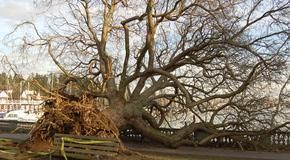
(stanley160.jpg)
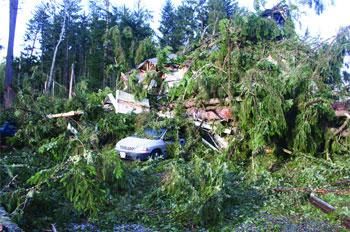
(stanley161.jpg)
Stanley Park Windstorm Damage
<iframe width="500" height="350" src="//www.youtube.com/embed/LVDmFFeDU-s" frameborder="0" allowfullscreen></iframe>

So what about the windstorm? That storm isn't new at all. It happened seven years ago.

I know... I know... What I'm talking about is the thing that happened after the storm.
Oh ?... what happened?
After the storm, a UBC scientist and his team sueveyed the park as part of the restoration program to identify insects which had a special appetite for wood. And guess what?
Tell me about it.
Well... they discovered two new species of insects, one of which was named after the park itself.
What is it called?
Oxypoda stanleyi.
What does it look like?
It is a tiny member of the rove beetle family, found in fair numbers in the park at both the Aquarium and Hollow Tree sites.

(stanley170.jpg)
Hollow Tree

(stanley150.jpg)

Wow! I wonder if anybody has ever noticed the above bug for the last 125 years.

Maybe, somebody did notice one of these bugs, but he or she didn't care much about such a tiny bug anyway.
So there are still some undiscovered bugs in the park, I suppose.
I guess so. Diane, why don't you try to find one and name it after your own name---such as "Oxypoda diane."
No, I don't think so.
Why not?
I'm not particularly interested in any kinda bug.

(laugh16.gif)
【Himiko's Monologue】
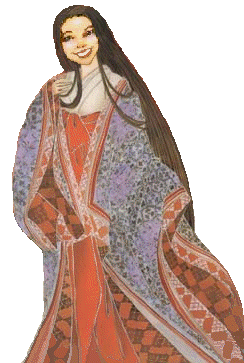
Have you ever visited Stanley Park?
The park is Vancouver's crown jewel.
Unlike other large urban parks, Stanley Park is not the product of a landscape architect, but has evolved into its present, mixed-use configuration.
Significant effort was put into constructing the now nearly century old Vancouver seawall, which can draw up to thousands of residents and visitors to the park every day.

(seawall2.jpg)
The park also features forest trails, beaches, lakes, playgrounds, and the Vancouver Aquarium, among many other attractions.
When you visit Vancouver, please visit the park.
Stanley Park Guide
<iframe width="420" height="315" src="//www.youtube.com/embed/v7ODBIafvYA" frameborder="0" allowfullscreen></iframe>
In any case, I hope Kato will write another interesting article soon.
So please come back to see me.
Have a nice day!
Bye bye ...

(hand.gif)
(To be followed)